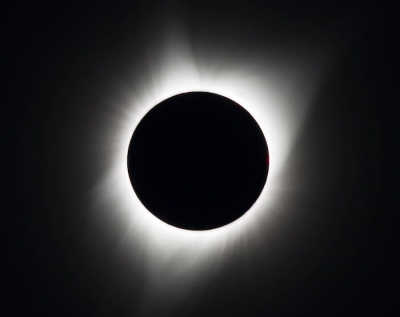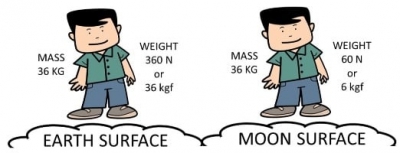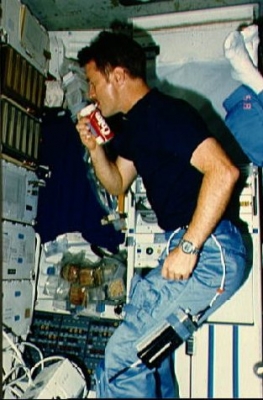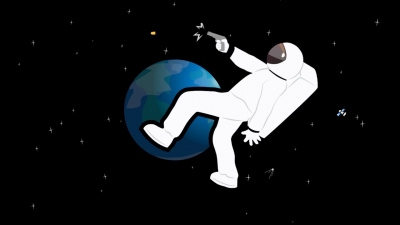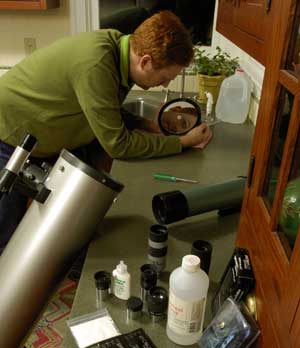
For a planet to be habitable for humans, 1) it should be at a safe distance from the Sun – should be neither too hot, nor too cold; 2) it should contain liquid water, and 3) it should have a protective atmosphere that keeps the Sun’s radiation out. There is only one planet in the solar system that satisfies all these conditions and that planet is Earth. The next best option is Mars.
Mars has many advantages. It is very close to Earth – humans can reach the Red Planet in less than six months from Earth.
A Martian day is just over 24 hours long, roughly equivalent to a day on Earth. Mars has an atmosphere (though a thin one) that offers protection from cosmic radiation and solar radiation. Gravity on Mars is 38% that of Earth, which is believed by many to be sufficient for the human body to adapt to.
Evidence suggests that water may exist in the subsurface all over Mars. With help from technology, humans can survive on Mars, whereas the survival chances are slim on other planets and their moons.
Picture Credit : Google

